With my first birth, I don’t even remember seeing it. The second, my midwife showed me and I felt the baby’s side and was fascinated, but didn’t really understand what would be the purpose of saving placentas. With my third, I had a home birth and knew that I at least wanted to make a placenta print. I didn’t know that there were so many placenta uses after birth!
If you have a midwife, you will probably be asked if you want to save your placenta after birth or have them dispose of it. You can also tell them you’ll be taking your placenta home with you if you give birth in a hospital. You will more than likely get some pushback. Just don’t take no for an answer and tell them it’s your right!

*This post contains affiliate links. That just means if you click through one of my links and purchase something, I make a small commission at no extra cost to you. See my disclosure policy.
15 Placenta Uses After Birth
Stop Hemorrhage
Did you know that cutting off a piece of your placenta and putting it in your cheek or under the tongue could effectively control a hemorrhage? You could also suck on the cord or membranes. The hormones in the placenta are absorbed through the mucous membranes to facilitate the clamping down of the uterus, which helps stop blood flow. Read more about it here.
Lotus Birth
Parents wanting to have a gentle, less-invasive transition for the baby from the womb to the world may want to have a lotus birth. Lotus birth is the practice of leaving the umbilical cord uncut after childbirth so that the baby is left attached to the placenta until the cord naturally separates at the umbilicus. This usually occurs within 3–10 days after birth. You’ll keep it in a placenta bag coved with herbs until the cord detaches. After that, you may wish to use the placenta for some other things listed below.
- What Is A Blessingway or Mother Blessing Ceremony?
- 8 Perfect Preparations To Do In Your Third Trimester
Umbilical Cord Keepsake
These are made by cutting the umbilical cord and making it into your desired shape and then dehydrating the cord so it is stiff. You can make them into hearts, spell out words, etc. I’ve even seen them being made into dream catchers.
Placenta Print
Placenta prints are one of many beautiful ways to use your placenta after birth! Some women make them just from the blood by laying it flat and pressing a piece of paper on the top. Or you can paint it. You can make them from the mother’s side or the baby’s side! I made the blue one below after my third baby was born, which I really treasure. I plan to put it in his baby book one day. If you plan to consume the placenta in any way, be sure to use food-grade edible paint.
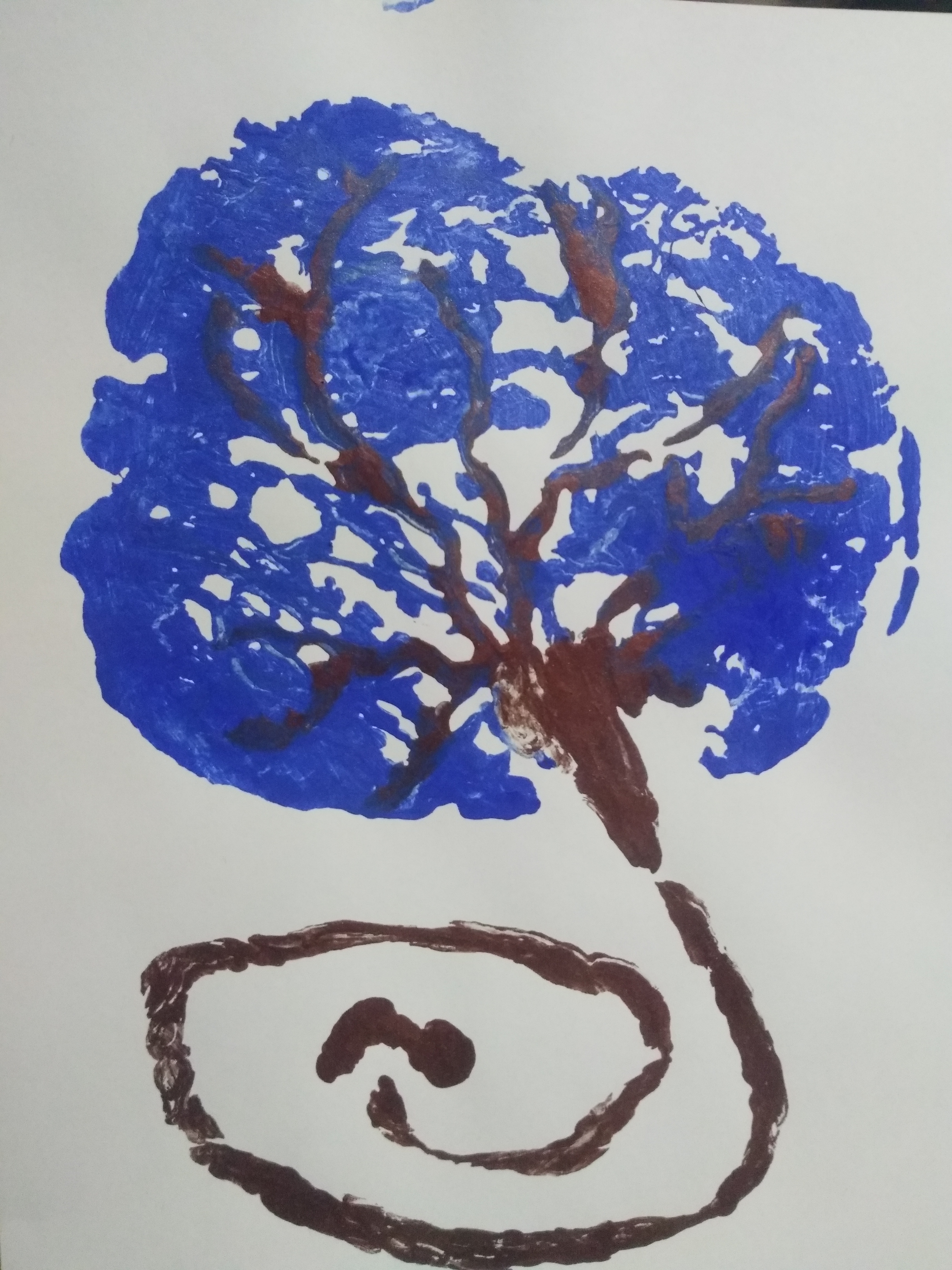
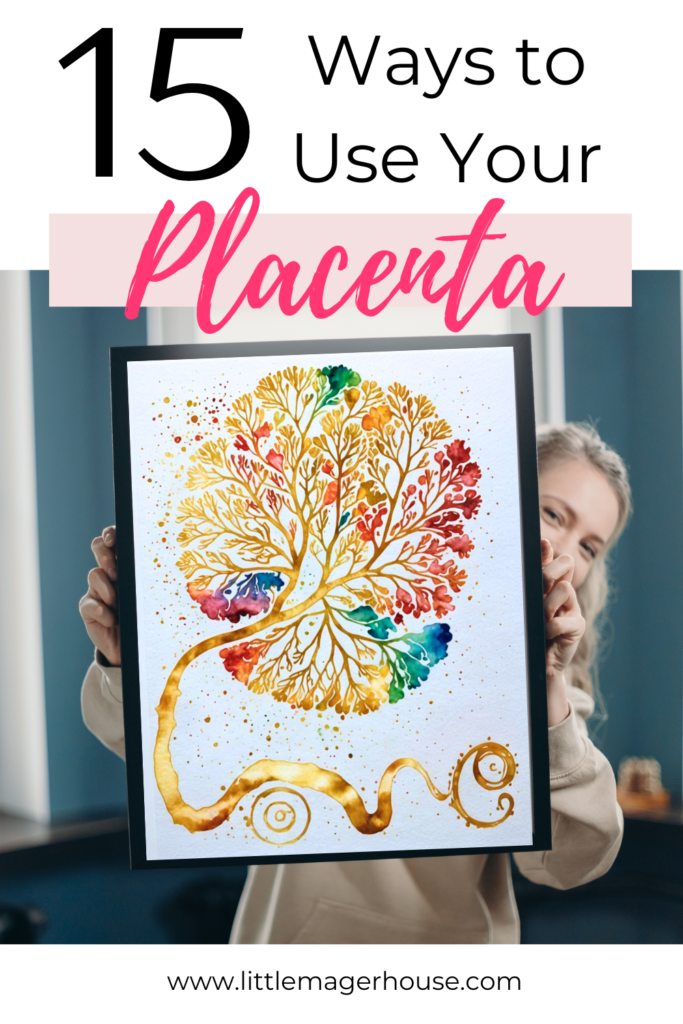
Print Your Placenta On T-shirt or Fabric
Alternatively, you could paint your placenta with fabric paint and print it on a T-shirt or other fabric to make your placenta art wearable! Or scan your paper print and have a t-shirt company print it as I did for these.
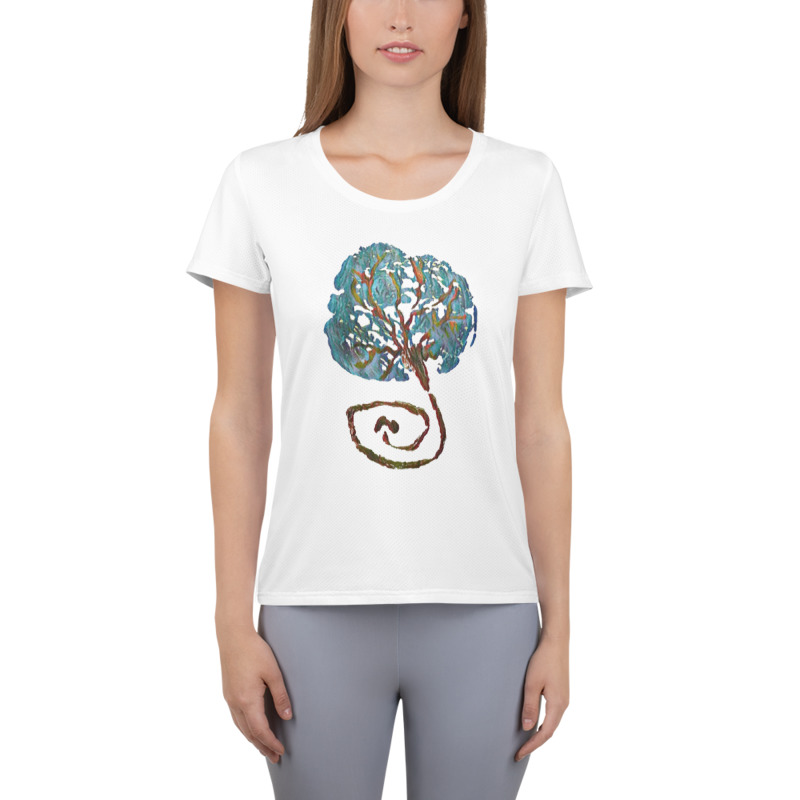
Turn Your Placenta Into Jewelry
You can have tiny flecks of your dried placenta made into jewelry with resin and glitter for earrings, necklaces, key chains, etc. These turn out really beautiful! Likewise, you can do the same thing with your breast milk!
Placenta Encapsulation
The most well-known way to use your placenta after birth is placenta encapsulation. This is when your placenta is steamed, cut into pieces, and dehydrated. Then it is finely ground into a powder and placed in capsules for you to take. Many mothers have reported decreased postpartum depression, more energy, reduced fatigue, an increase in milk supply, and much more!
Eat It
Lots of moms eat placenta raw in smoothies and some prefer to cook it. It has similar benefits to encapsulating.
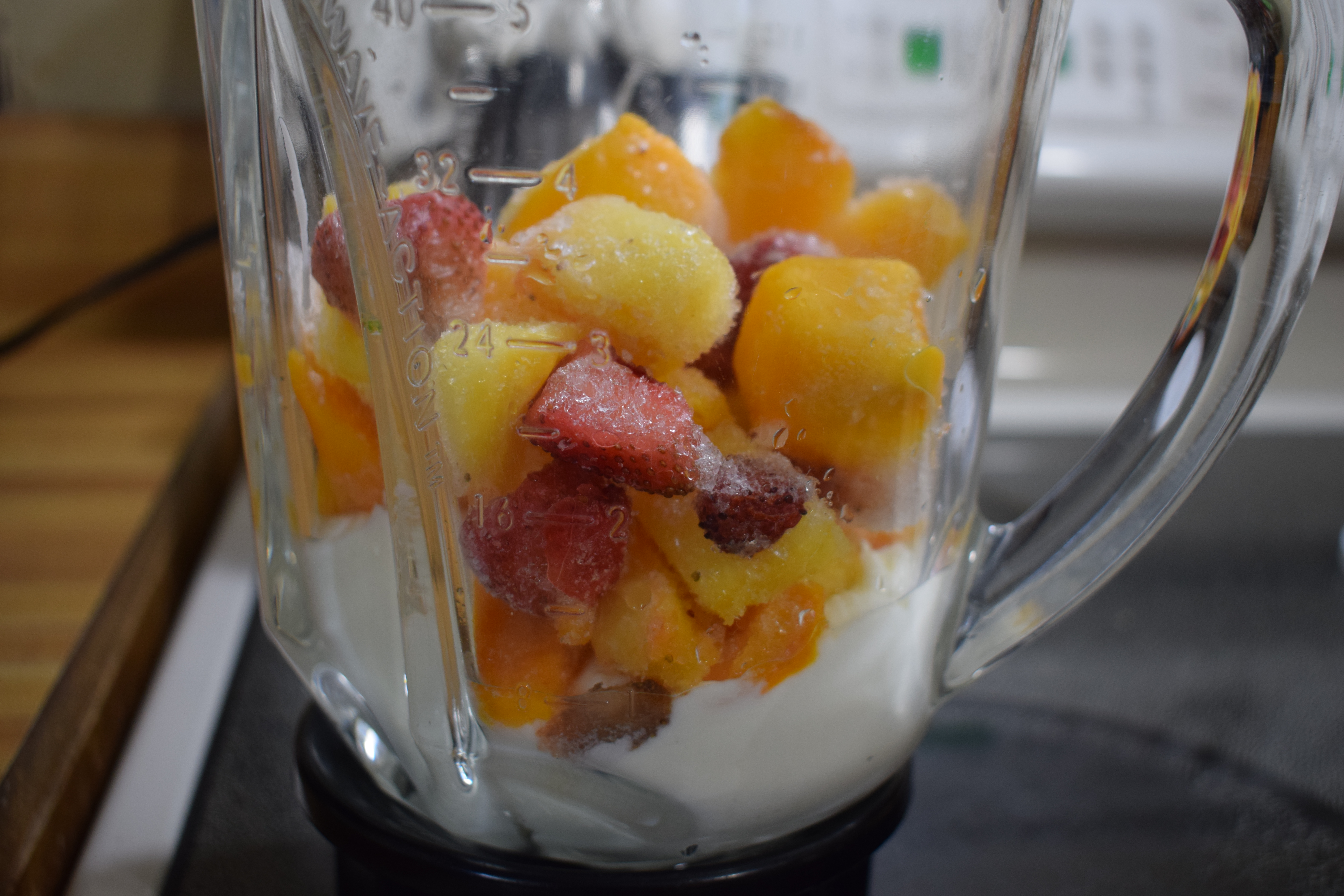
Tincture
Placenta tinctures can be made with raw or dehydrated placenta blended with vodka or brandy, stored for 6 weeks, and then straining out the solids. It can be used for mental, psychological, and emotional instability, going through menopause, and even as a general homeopathic to boost health.
Placenta Salve
This uses your dried ground placenta and a combination of herbs, essential oils, wax, and carrier oils to make a first-aid healing salve. Benefits include the reduced appearance of C-section scarring, reduced appearance of stretch marks, healing for sore or cracked nipples, reduced inflammation for babies with rash or eczema, and more!
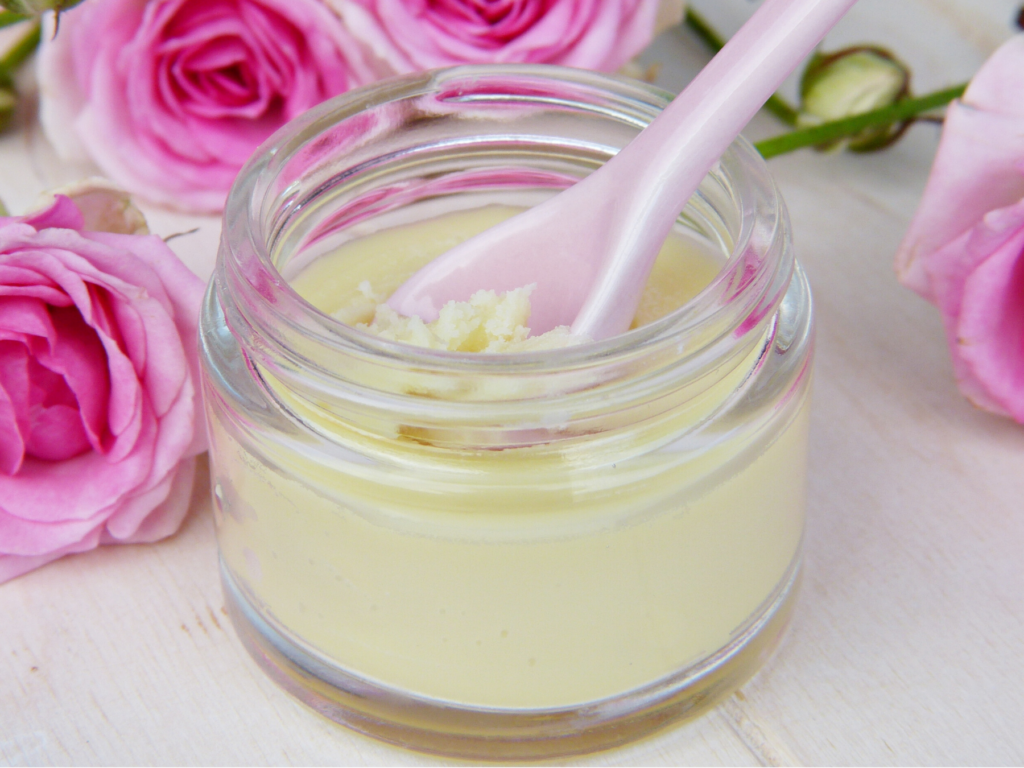
Biological Bandage
The two layers of the amniotic sac have healing properties and can be placed on wounds, cuts, burns, etc. as a biological bandage!
Placental Blood Banking
Instead of clamping the umbilical cord immediately to save cord blood for banking, you could do placental blood banking. Read more about that here.
Plant It
This is one of the most popular ways to use your placenta after birth! Many mothers, including myself, choose to bury their placenta under a tree or plant. It then continues to give nourishment to something else and every time you look at the tree you will think of your baby!

Donate Your Placenta
Instead of letting the midwife or hospital toss it, you could donate your placenta to a birth class or doula/birthkeeper, or midwife training. Or a place that creates life-saving and life-enhancing allografts to help patients heal.
Freeze It for Later
If you need more time to think about what to use your placenta for, you can always freeze it. That’s where mine will be until we find land to plant a tree over it! I double-bagged it in a gallon Ziploc in our deep freezer.
Are you going to try any of these placenta uses after birth? Let me know in the comments!
Related Posts:
16 Reasons To Use Cloth Diapers And Love Them
Free Printable Christian Birth Affirmations
What Is A Blessingway or Mother Blessing Ceremony?
8 Perfect Preparations To Do In Your Third Trimester
Ergobaby Omni 360 Review All-in-One Baby Carrier

*These statements have not been evaluated by the FDA. This article is not intended to diagnose, treat, cure, or prevent any disease.
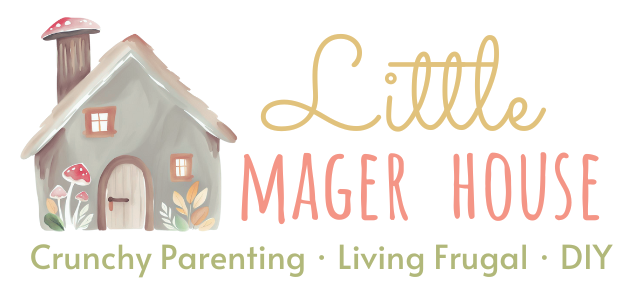
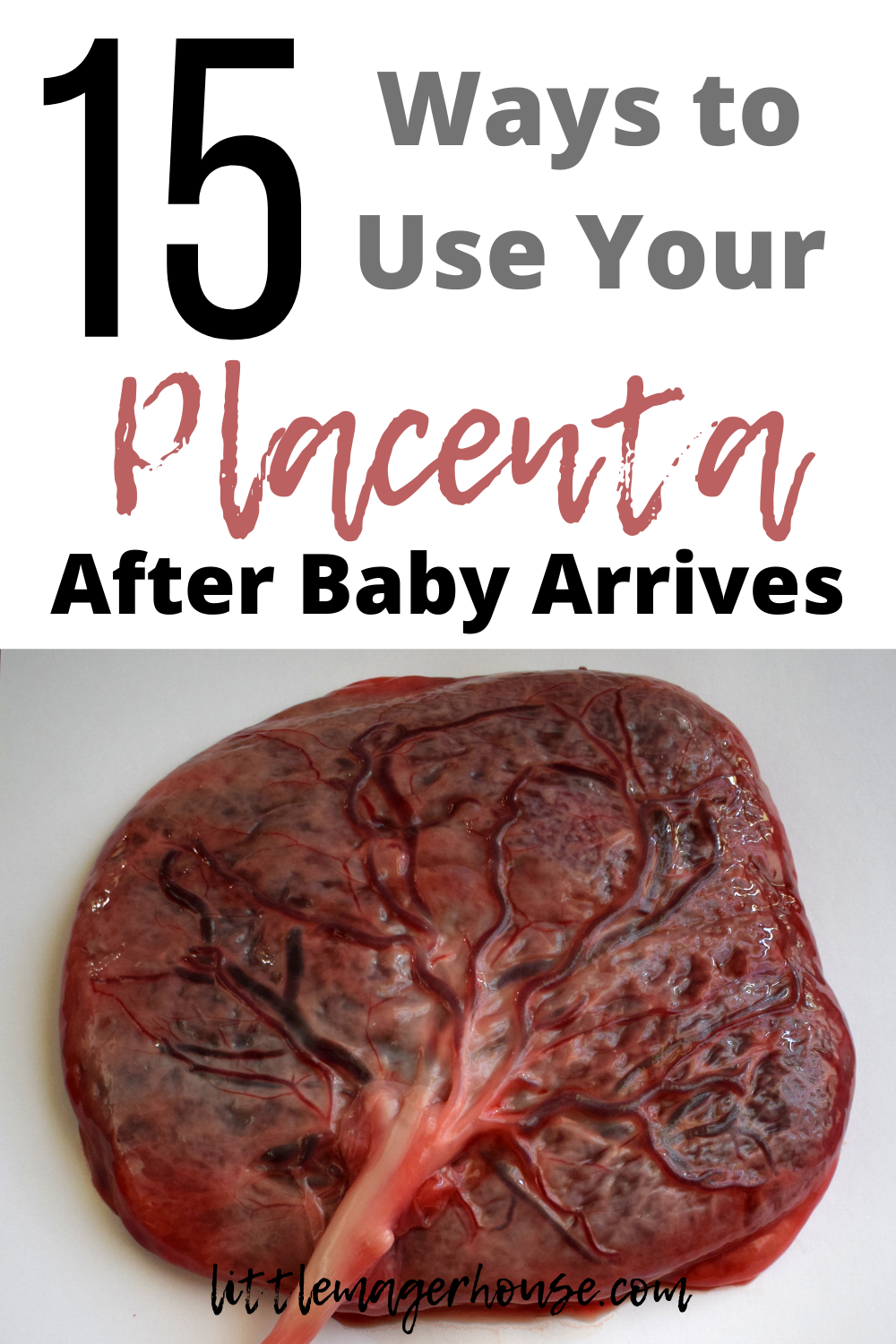
Way cool! Some very awesome uses! I appreciate you writing this article!
I’m so in love with this. You did a great job!!
i used my placenta to throw and threaten other people with it and i’m bummed that that wasn’t one of the suggestions
Haha, you could definitely threaten to cook it up and add it to someone’s stew if they don’t behave lol jk. But seriously, why are people so grossed out by placentas?
bro it was inside someone, you gross af
Bro, it’s a joke. Obviously get consent first lol
Wow, I had no idea a placenta had so many uses! haha
Wow! I had no idea about most of these. Fascinating!